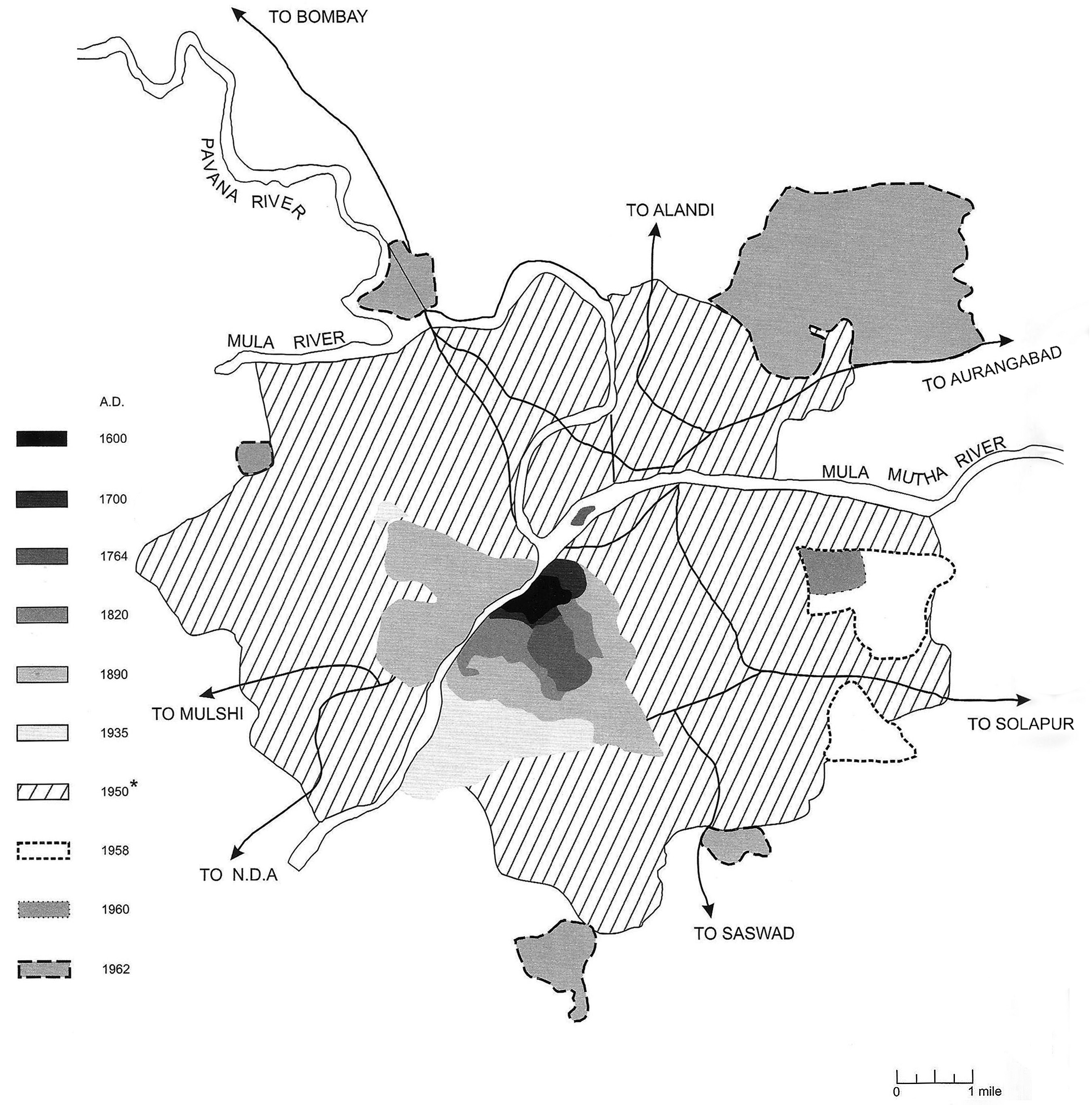Cities
Pune tithay kai unay: In Pune Nothing is Lacking | Dr Abhijit Natu
LA 44 |
|
| The awareness amongst the masses of Pune regarding Landscape architecture as a profession is gradually growing. However, there is still a long way for landscape architects to go and many stones to turn over for landscape architects to be completely recognised and their skills and opinions be valued in all design endeavours concerning the city. With the onset of urbanisation and its accompanying developments that see major variations in building construction styles, it is now more imperative than ever that one acknowledge and involve landscape architects for comprehensive open space planning and environmental sustainability measures. |
|
 |
|
The city of Pune was indeed a place for envy for the outsiders - be it for its moderate climate or good water resource, be it for its educational or the industrial opportunities. The city has been referred to as the Oxford of the East (for its educational institutes), the Queen of the Deccan, the Cultural Capital of Maharashtra and as the Pensioners Paradise (an apt city for laid back life in the retirement age). The people staying here for more than four decades have distinct memories of the city as a "green" city, the cyclists city", although in past few years, lack of comprehensive urban planning and poor transport infrastructure have put a blemish to the city's image.
The landscape of Pune is characterized by the basin shaped topography with the rivers of Mula and Mutha crossing the city surrounded by low hills. Remembering the city around 25 to 30 years back when the development was not as rapid and dense as it is today, one has pleasant memories of view of the distant hills at the end of the vistas of its main road arteries and the glimpses of the river while moving through the old city. The city has its distinct character owing to its open spaces such as the cantonment area with its open grounds, the open spaces in the institutional campuses, the organic open spaces in the old city, and tracts of land along the river. Like many other historic Indian cities, the old and the new Pune coexist. Passing through morphological changes, new additions, extensions through various periods in history the city embodies simultaneous presence of traces of various layers of its growth, some intact, some damaged while some on the verge of disappearance.
|
|


|
|

|
|
|
|
|